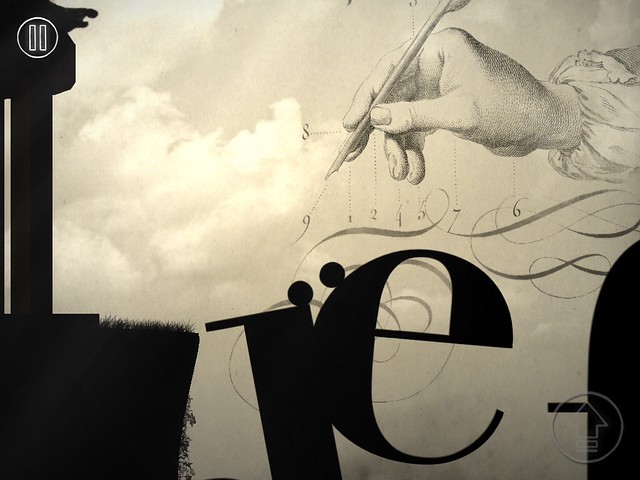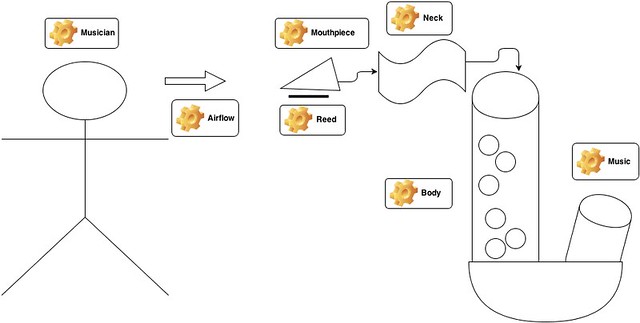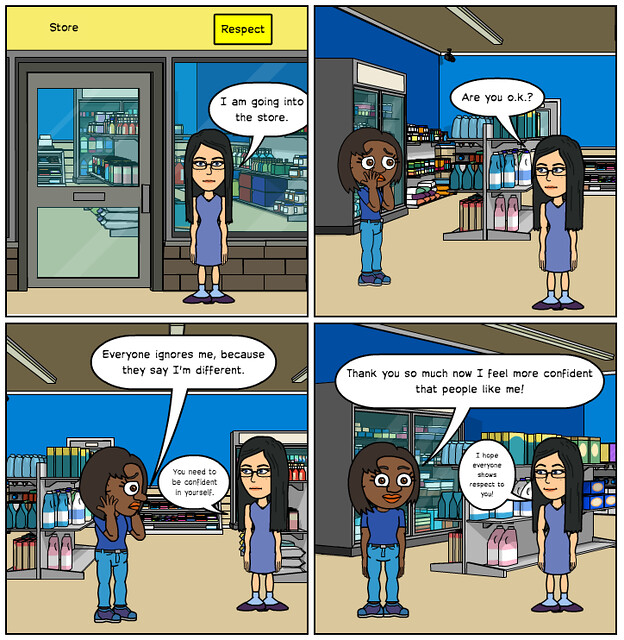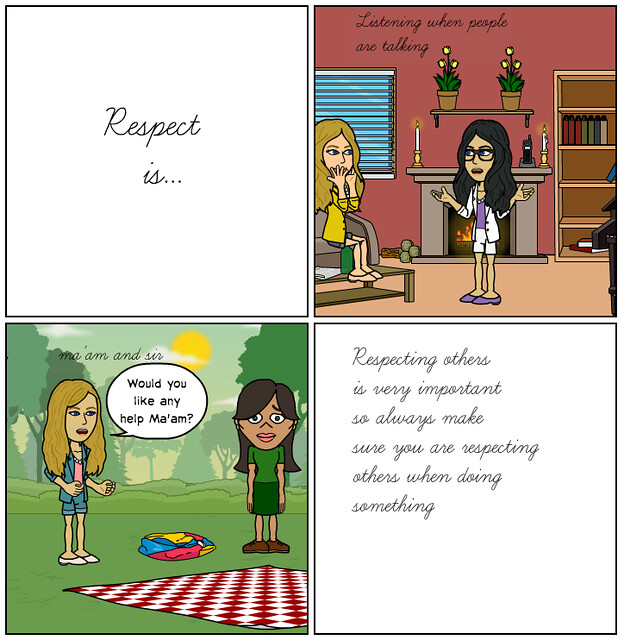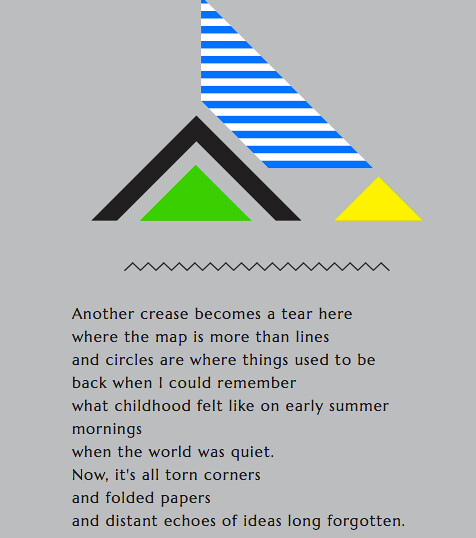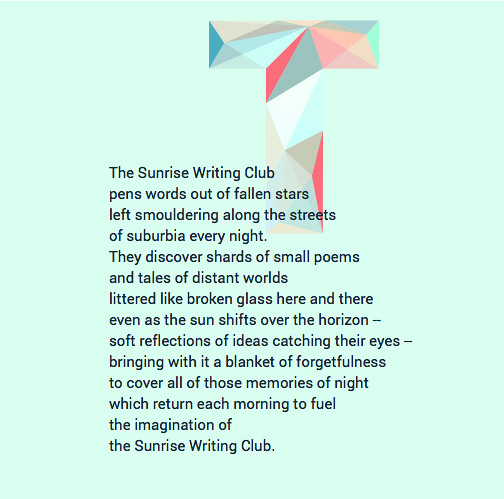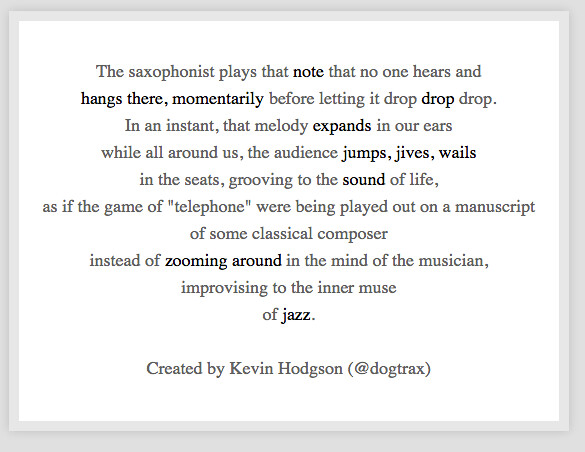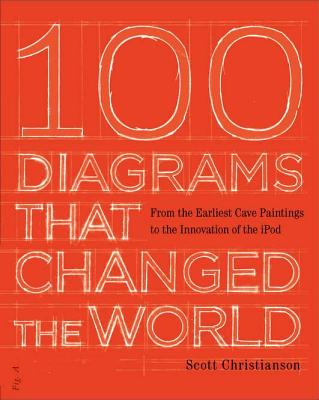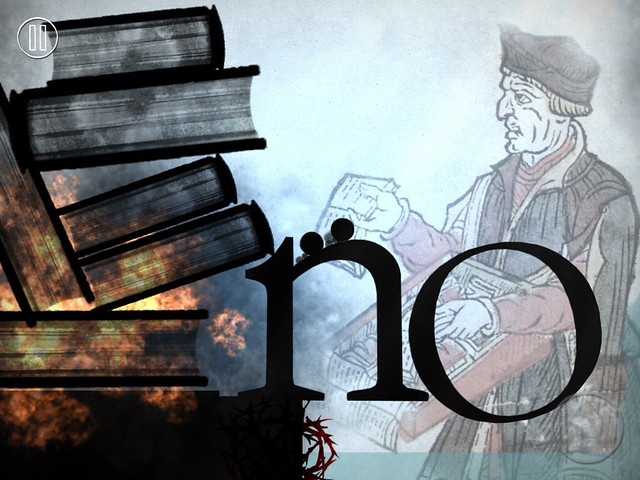
So, this is one of those games that made my jaw drop because it is so beautiful, visual, and so interesting, content-wise. The IOS game is called Type:Rider and while it functions like any number of the “runner games” out there (your players move through levels by running, or in this case, rolling, from danger and obstacles), Type:Rider incorporates the idea of design and typography as its platform of play.
I know. I had trouble thinking how they would pull it off, too, but they do it in wonderful fashion. The player rolls two dots — which I believe are called “interpoints” in typography speak — through a series of levels built around different styles of fonts, and along the way, there are places to learn more of the history of the design of writing. The stories told about font development and typography, and therefore writing itself, is fascinating and the game developers give just enough of the juicy historical details to make things interesting before you had back into the game itself.
Each level consists of HUGE letters that became part of the game play itself, as you roll through rounded letters, jump over spiked points of type and move through an environment that seems perfectly scaled to feeling like a small point of font. The app suggests you use headphones for an immersive musical experience, and I agree. The music seems in sync with the style of font for each level, adding yet another element of design to the game play. And check out the background images behind the game itself. it’s another element of wonder here, with shadows and light giving the game a sense of mood.
I’ve only gotten my way through three levels in Type:Rider but I am impressed. Now, would this game be valuable to students? I don’t know. Yes, for the dynamics of play, but I suspect that interest in the history of typography might be a narrow field. Still, you would learn more than a few things about how the visual design of type impacts what and how we write, and what those choices mean to the books and texts we read.
The Type:Rider game costs $2.99 for the iPad, just so you know.
Peace (in the type),
Kevin
PS — cool “behind the scenes” video of the making of the game:
